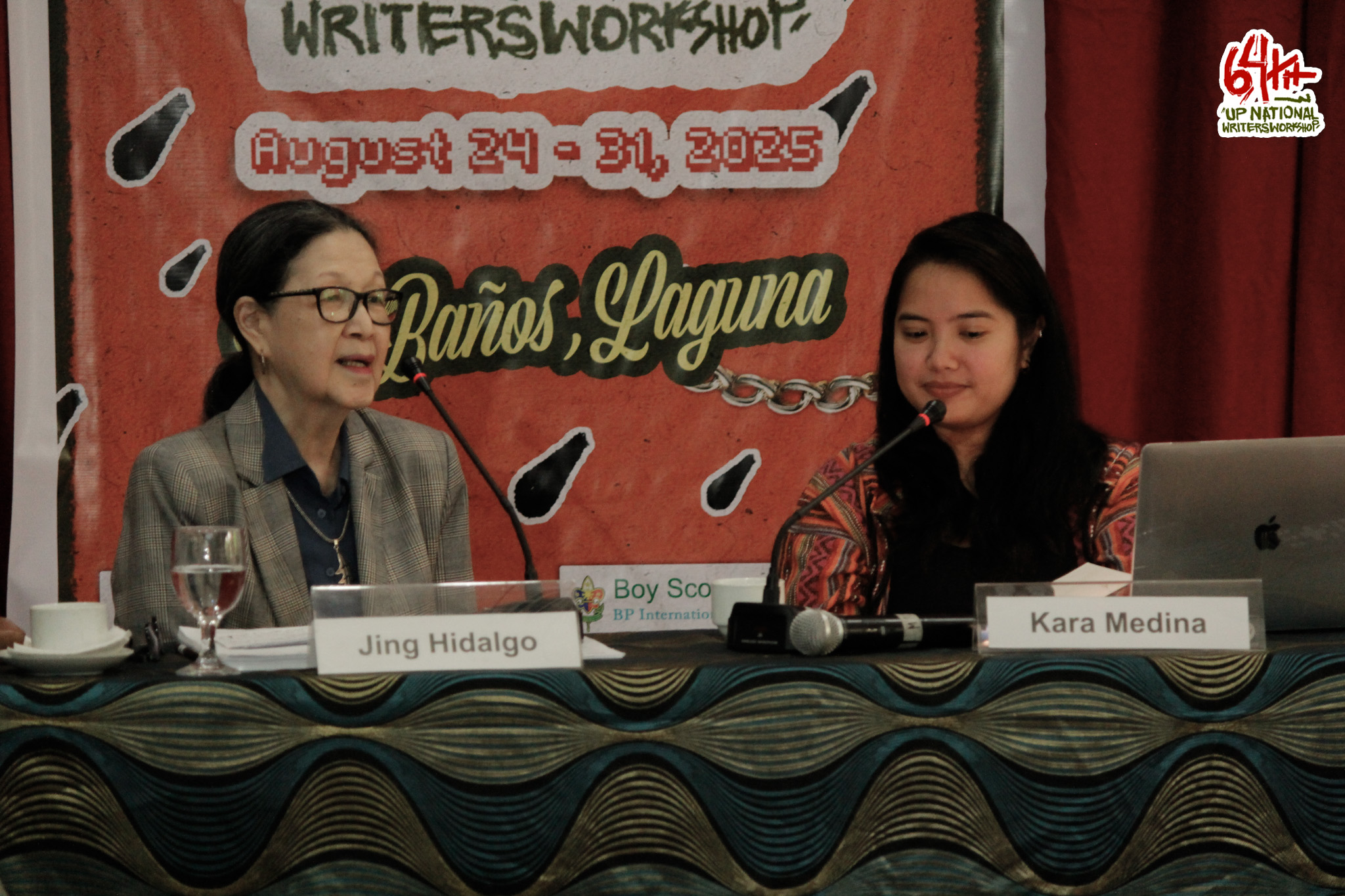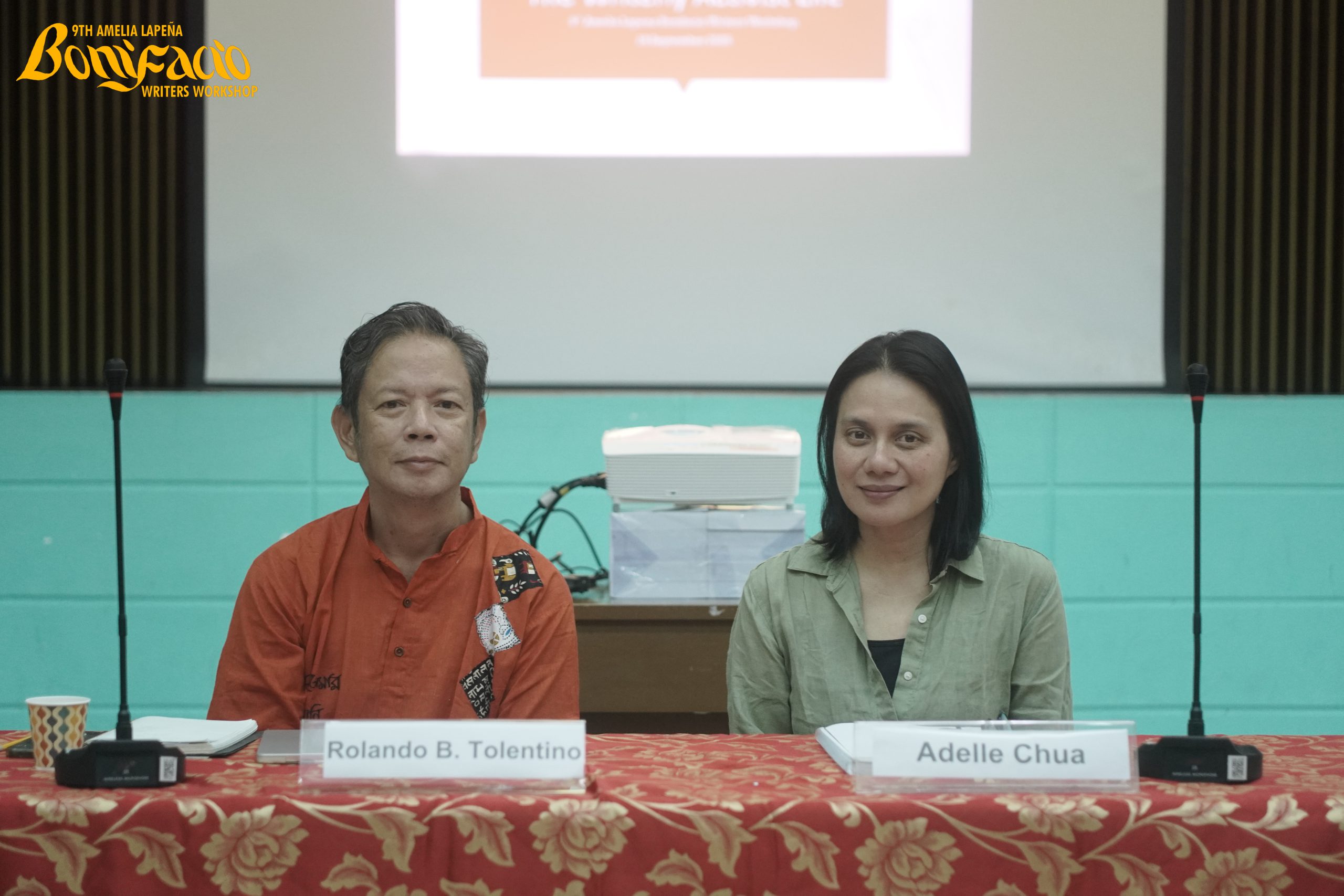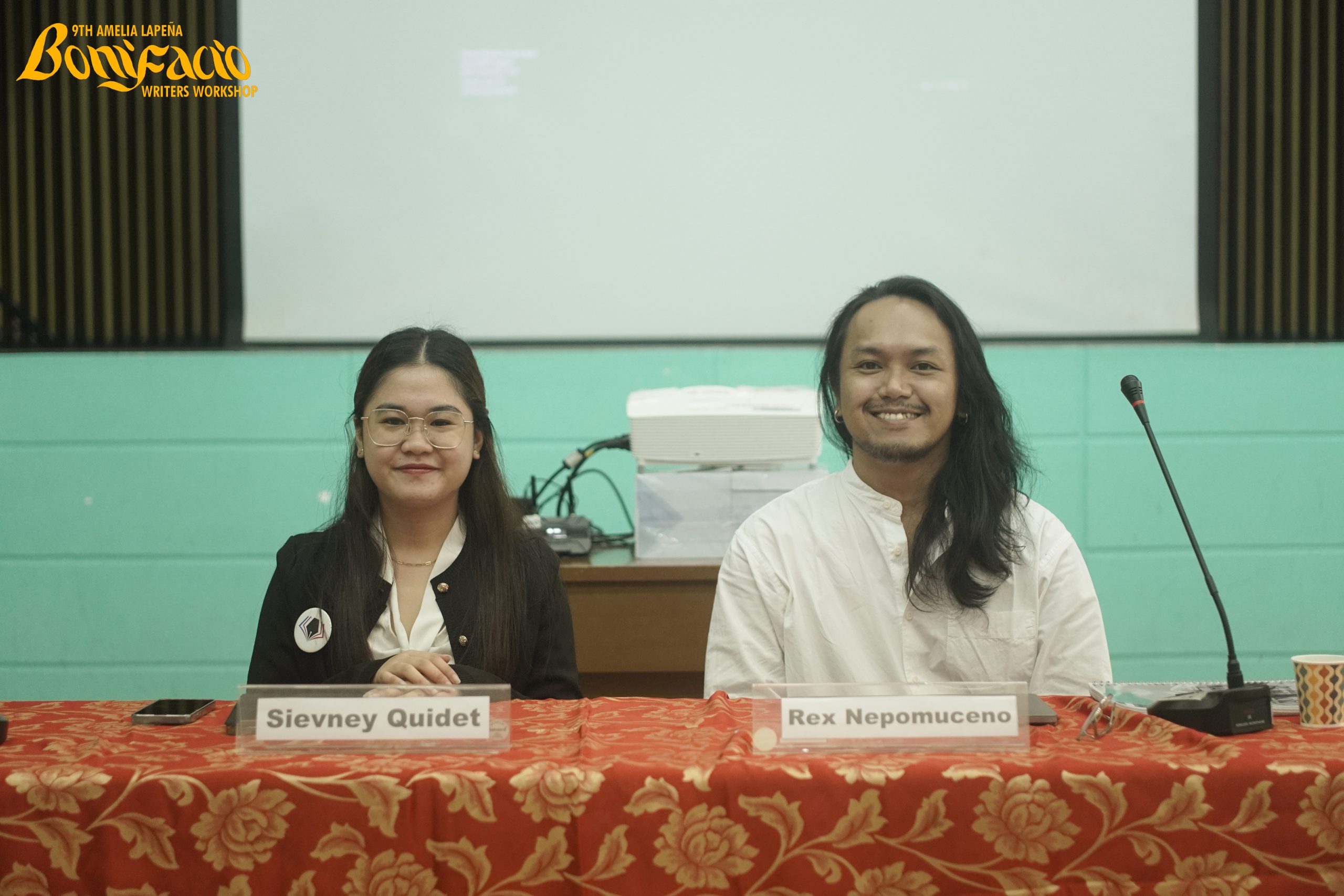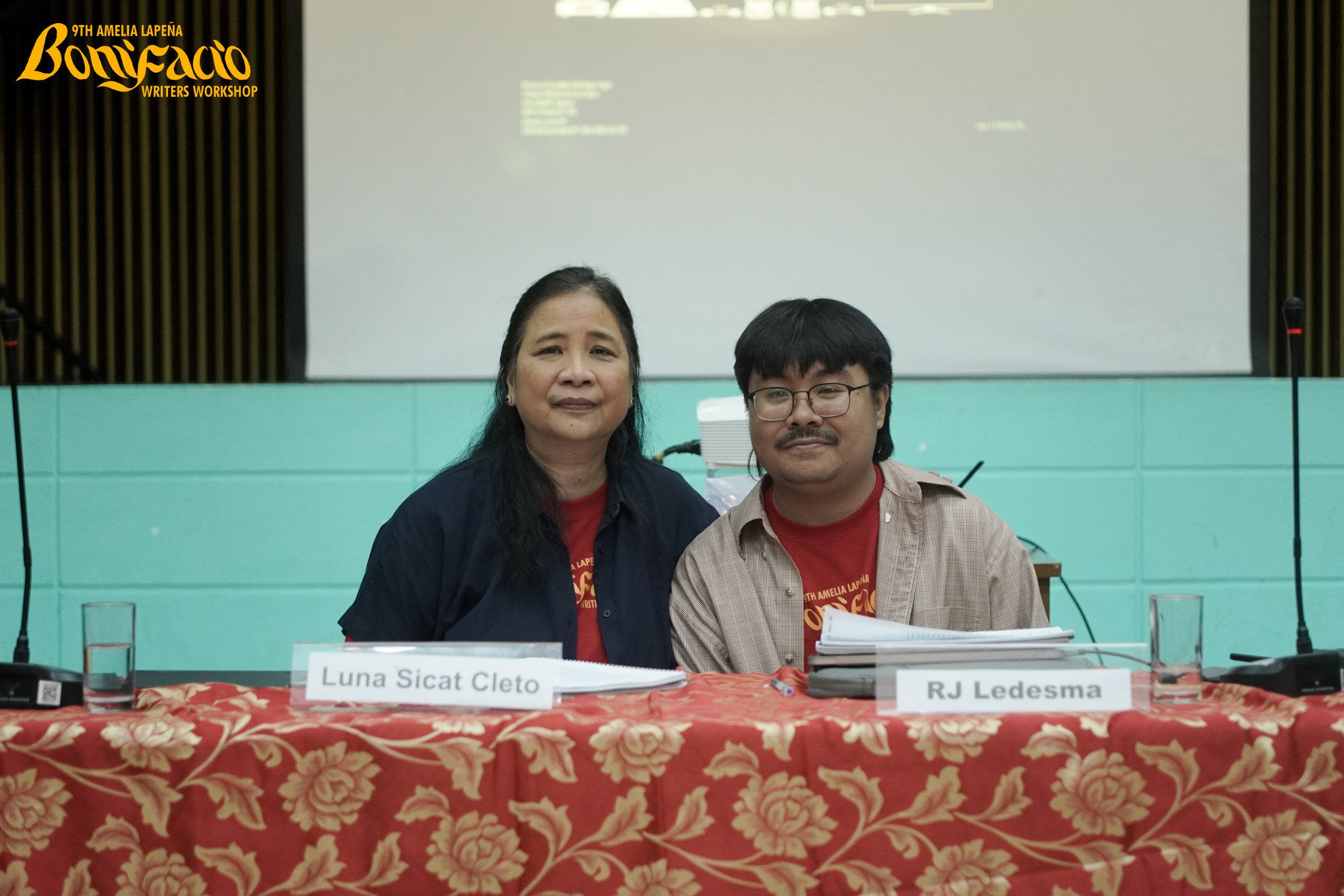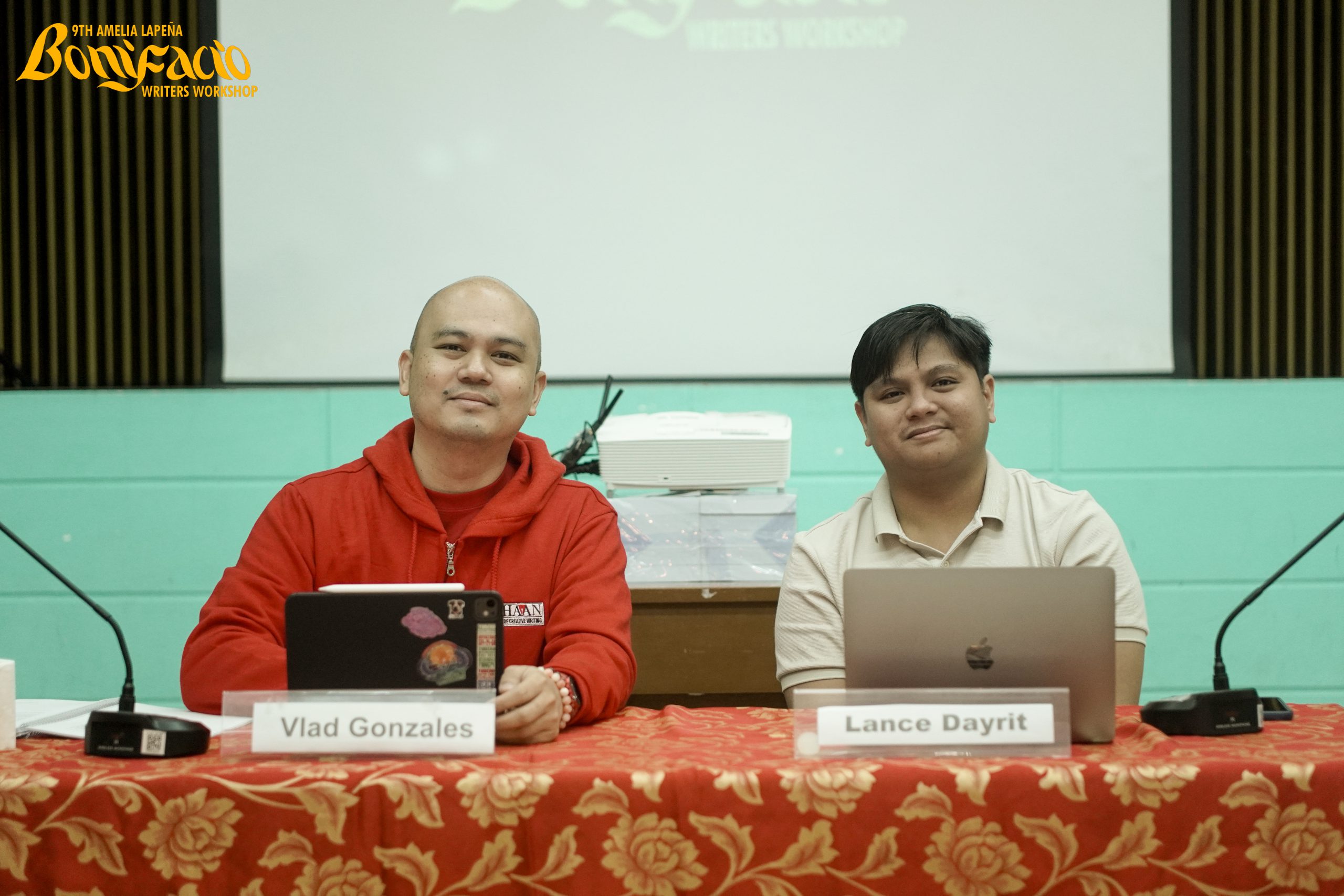Fellow: Kara Danielle Medina
Moderator: Cristina Pantoja Hidalgo
“Creative nonfiction must not simply be honest; it must also be artful.”
In introducing Kara Danielle Medina and her essay “Another Hope Entirely,” Dr. Cristina Pantoja Hidalgo emphasized artfulness as precisely the quality that separates creative nonfiction from journalism. One of the most important characteristics of the genre is tone, as this reveals one’s attitude towards one’s material and readers. The persona or “I” in creative nonfiction must not come across as arrogant or self-serving. It is thus that Medina’s self-professed lack of formal training in creative writing has resulted in what Dr. Cristina Pantoja Hidalgo praised as one of her most positive qualities: a humility in tone that extends to her poetics.
Coming into the workshop, Medina described her predisposition as that of a sponge—eager to soak up the necessary tools and instruction that would lend her “literary finesse” in navigating her personal experiences of loss, love, and grief. Throughout the writing process of “Another Hope Entirely,” three questions concerning the art of creative nonfiction arose and pressed upon her: 1) How do you exercise restraint?, 2) Where is the line for ethics or consent?, and 3) Is it possible to write and not bleed?
While several of the panelists and workshop fellows praised Medina’s piece as powerful in its courage, emotional weight, and deft subtlety, Dr. Butch Dalisay suggested the writer frame or foreground this “act of memory” to a point in the present. To achieve a more purposeful or impactful resolution, Dr. Rolando Tolentino added, there must be a level of acceptance that accompanies one’s grief. On the other hand, workshop fellow Krysta Frost insisted that the “silences” and restraint exercised by the piece is the story itself.
To close with, Dr. Vladimier Gonzales summarized the varied and conflicting feedback to Medina’s piece, appending his own view that the numbness conveyed seems too deliberate, too staged—perhaps an unconscious performance of non-readiness that conceals the wound beneath. He then answered Medina’s third question from earlier with a creative challenge—that the piece is not “bleeding enough as it is.”

